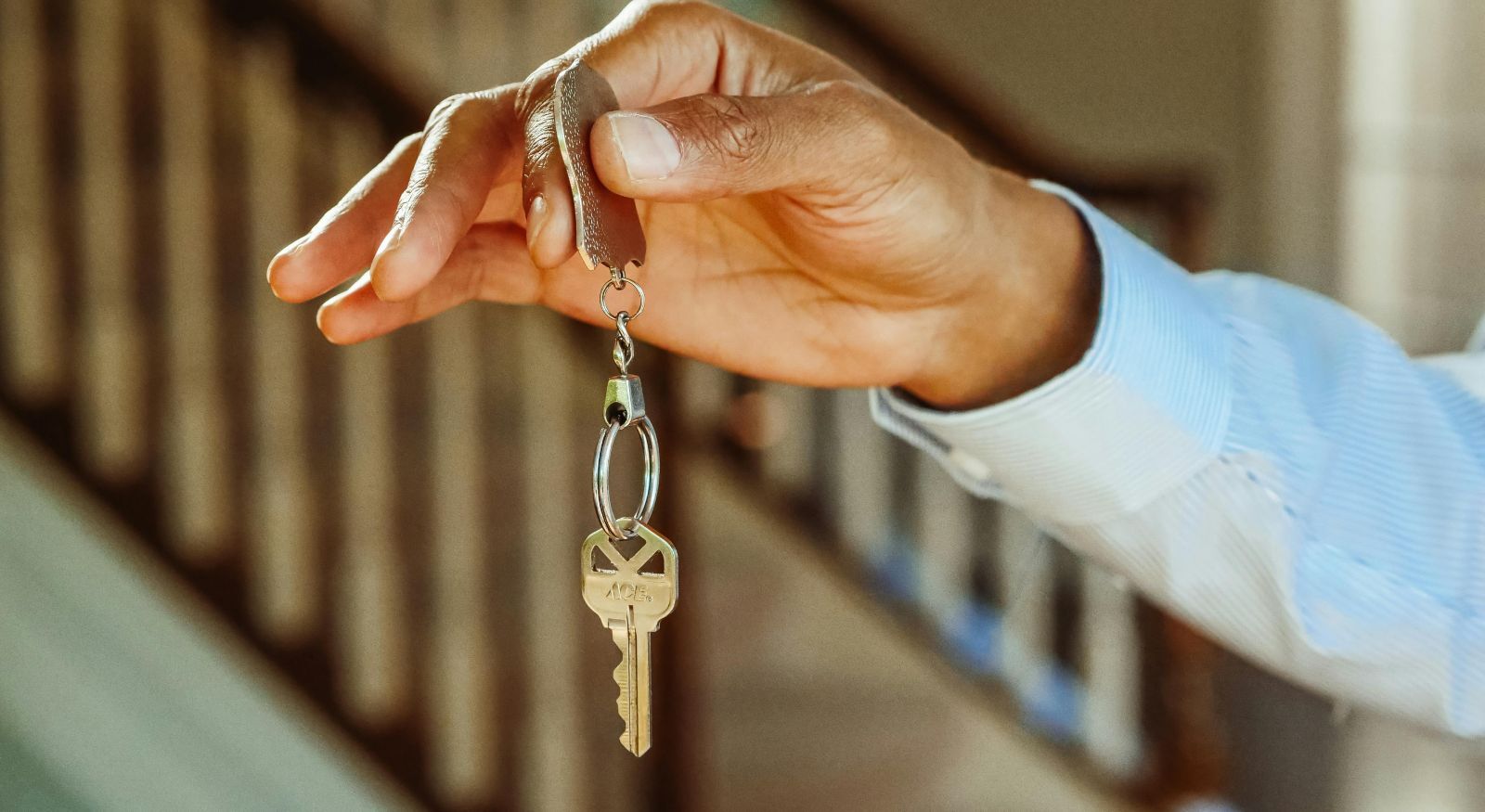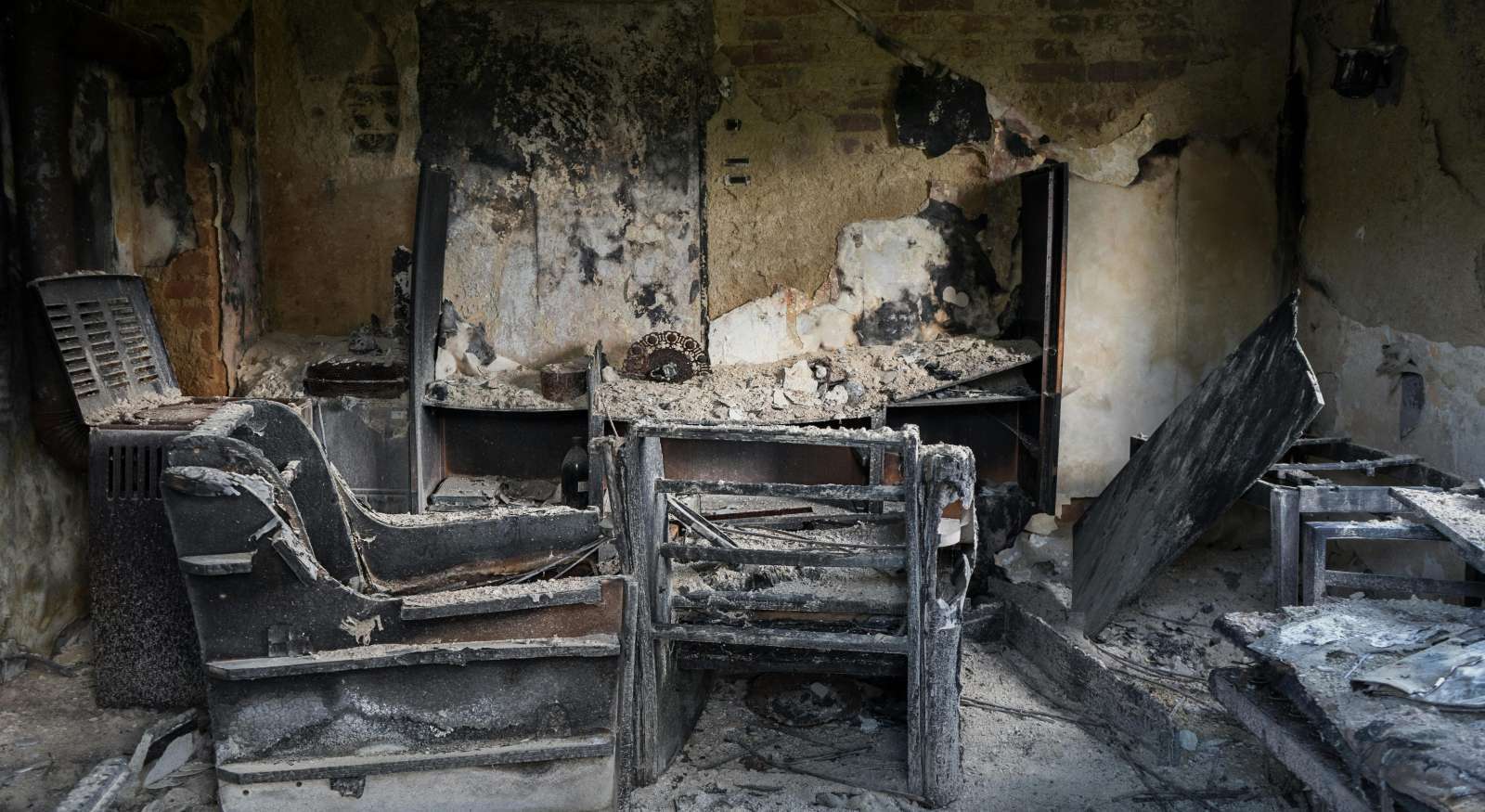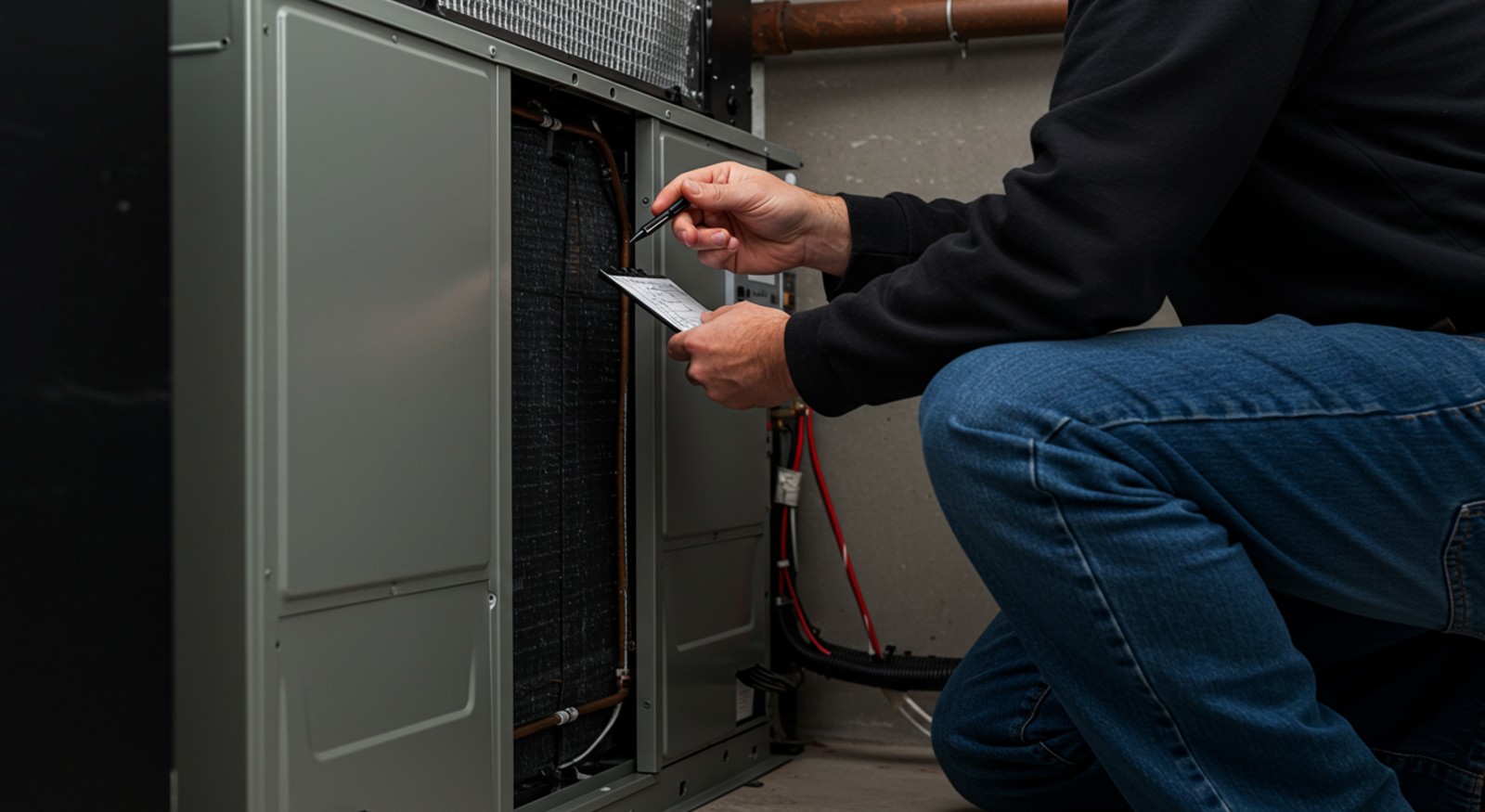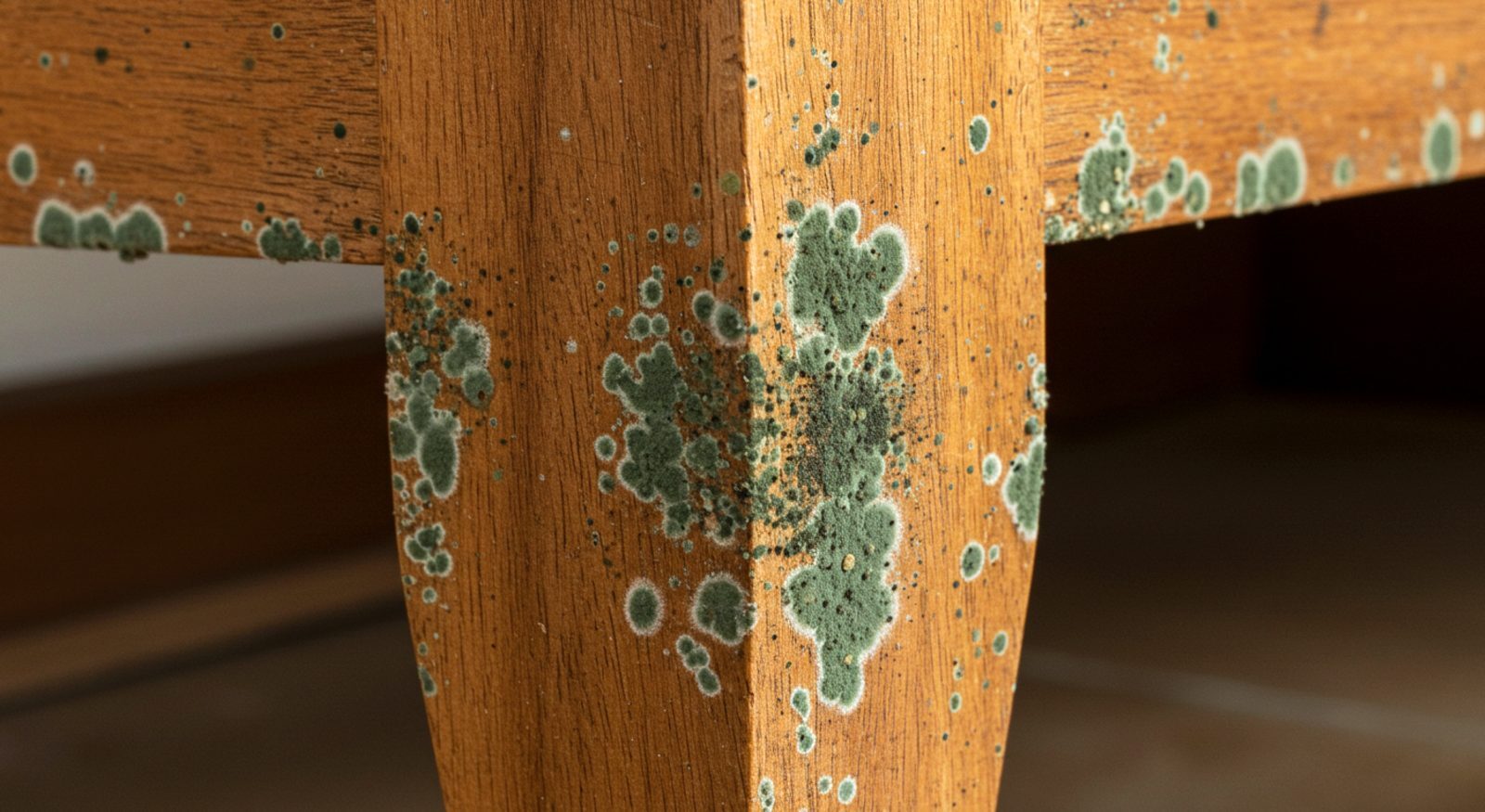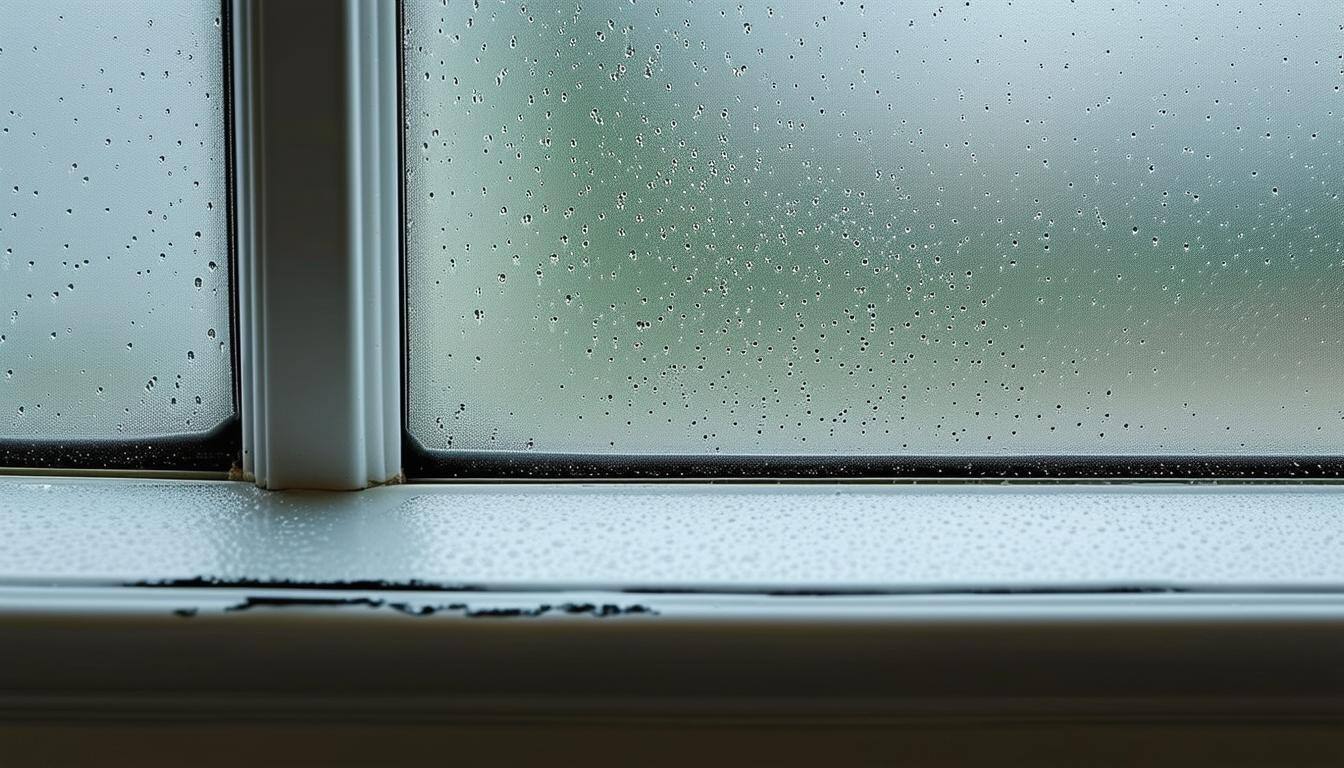Save Money (and Stress) with Professional Mold Remediation
November 5th, 2025
4 min read

Have you checked your basement lately? If you do and you find a dark spot in a corner, don't panic. While the chances of it being mold are high (as mold loves humid spaces), this doesn't mean it's already too late. Depending on your specific situation, there may be steps you can take to prevent a disaster.
Now, like most homeowners (and frankly, most people in general), you don't like to waste money. However, cheap DIY solutions may not be sufficient, and if mold spreads, it can cause some serious harm to your property.
Having worked in the professional mold remediation industry with many clients over the years, we have first-hand experience with the destruction caused by uncontrolled mold. If mold is not treated right away, it can come back and wreak havoc.
So, before you grab any cleaning supplies, let's take a look at what really happens when mold gets out of control and why you might want to leave remediation to the professionals. We will also explore why this investment will actually save you money in the long run.
Hidden Cost #1: The Health Risks of Bad Mold Removal
Here's the truth: mold cleanup can be dangerous if not handled correctly. Scrubbing the mold patch yourself can cause the mold colony to release millions of microscopic spores into the air. If proper containment and filtration techniques are not used, the problem is simply moved from one room to potentially the entire property. And with it come many risks.
According to the Centers for Disease Control (CDC), mold exposure can cause a variety of health problems, including:
- Allergic reactions (sneezing, runny nose, red eyes, skin rash).
- Asthma attacks in people with asthma.
- Irritation of the eyes, skin, nose, throat, and lungs.
- For people with compromised immune systems or chronic lung illnesses, the health effects can be even more severe.
The United States Environmental Protection Agency (EPA) advises against attempting to remove a mold patch larger than 10 square feet (approximately 3 feet x 3 feet) and instead recommends contacting professional mold removal services. Even in scenarios where you technically could remove a small mold patch, attempting to do so without following professional safety protocols risks the health of your home’s occupants.
Hidden Cost #2: Treating the Mold but Not the Source
Look, here is the reality about mold: it's everywhere, and there is nothing you can do about it. Whether indoors or outdoors, you will encounter microscopic spores floating in the air. The problem arises when it develops into an infestation within your home.
Proper mold remediation is not simply about "physically removing the mold" but also about making sure it doesn't come back. The only way to do that is to find what is causing it.
You see, for mold to grow indoors, it requires three key elements: the right temperature, adequate nutrients, and sufficient moisture. If you remove the mold but do not address the underlying cause of the growth (moisture), it will likely return.
This is one of the biggest mistakes homeowners make. They see the mold but miss the real cause, which is often hiding behind walls or under floors. Professional mold remediation is all about finding the moisture source first (such as a leaky pipe), taking care of it, and then proceeding with the mold removal for good.
Hidden Cost #3: Using the Wrong Cleaning Products
When people see a moldy spot, they immediately reach for bleach. Now, while this disinfecting powerhouse is a staple in most homes for good reason, it is not necessarily the best tool for every job. Let's get one thing clear: exposing mold to bleach will kill it, yes. But only on the surface.
Like plants, mold colonies grow "roots" within porous materials, such as drywall or wood. Even if the surface mold is removed, if the roots remain, the mold can grow back. The thing about mold is that not only does it not reach underneath, but once it evaporates, it leaves the area moist and ready for mold to take over once more.
It's also worth mentioning that bleach is a very powerful chemical. It can damage surfaces, leave stains, and even weaken materials over time.
So what's the right choice? To call for professional help!
Experts will not only physically remove the mold using antimicrobial products specifically designed to kill mold, but also use HEPA vacuums to ensure that those nasty, moldy roots are completely gone. And once again, like most things in life, doing it right the first time will save you all the extra effort (and money!) of doing it all over again.
Hidden Cost #4: Lower Property Value
Your home is your biggest investment, which is why if you decide to sell it one day, you will likely get the most out of the sale. Your potential buyer's agent will look up and down to find any evidence of old mold, and if he does, your prospects of a good payday will drastically go down.
Fixing the problem yourself or, worse of all, painting over the mold can lead to future problems, including possible legal issues. To avoid potential legal risks, it is best to trust professional mold remediation from the start. That way, you can be sure that the problem has been fixed and won't come back to haunt the new hosts.
Hire a Pro Today and Save More Tomorrow!
Having taken an extended look into all the hidden costs of a poorly done mold remediation job, you now understand the importance of getting the right help. When you add up all the hidden costs: the health risks, the repeated cleanups, the damaged materials, and the lost property value, it becomes evident that trusting the professionals is the right path.
If you are dealing with a large mold infestation, forget about some "cheap DIY fix" and consider investing in a professional mold remediation company. At Restore-It, we have the technicians, tools, and expertise to create a healthier home, prevent mold from returning, and give you peace of mind. Are you staring at a dark spot in your wall right now? Call Restore-It and remember: when it comes to mold remediation, saving pennies can cost you dollars in the long run!
Topics:









